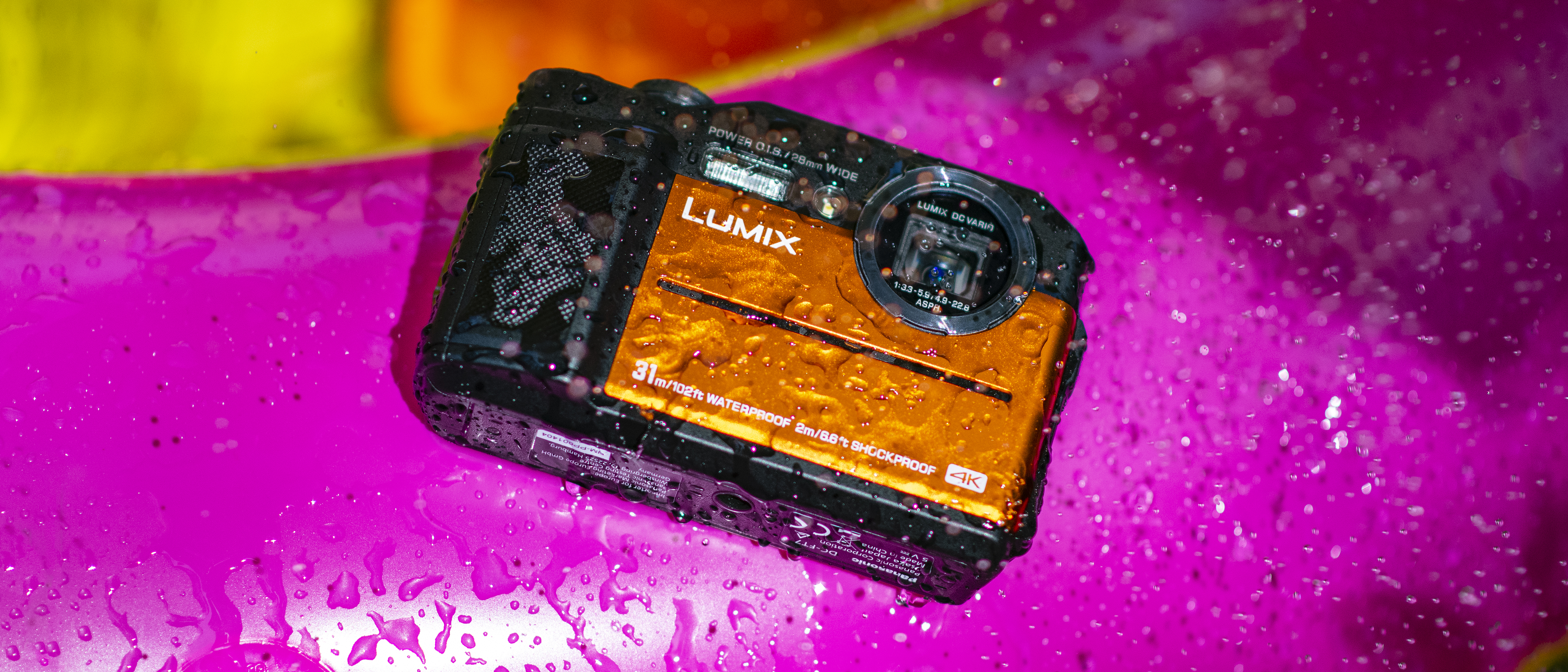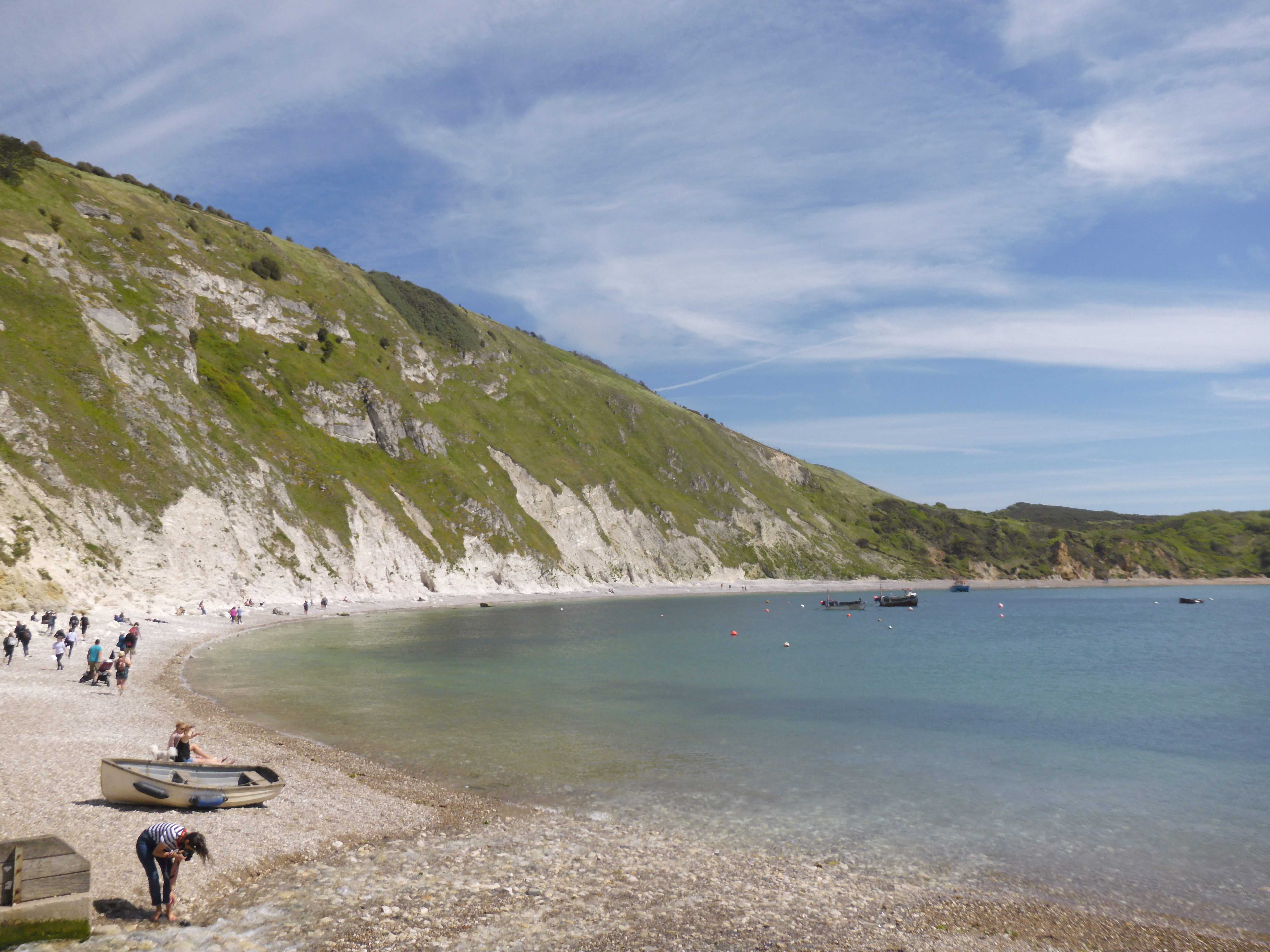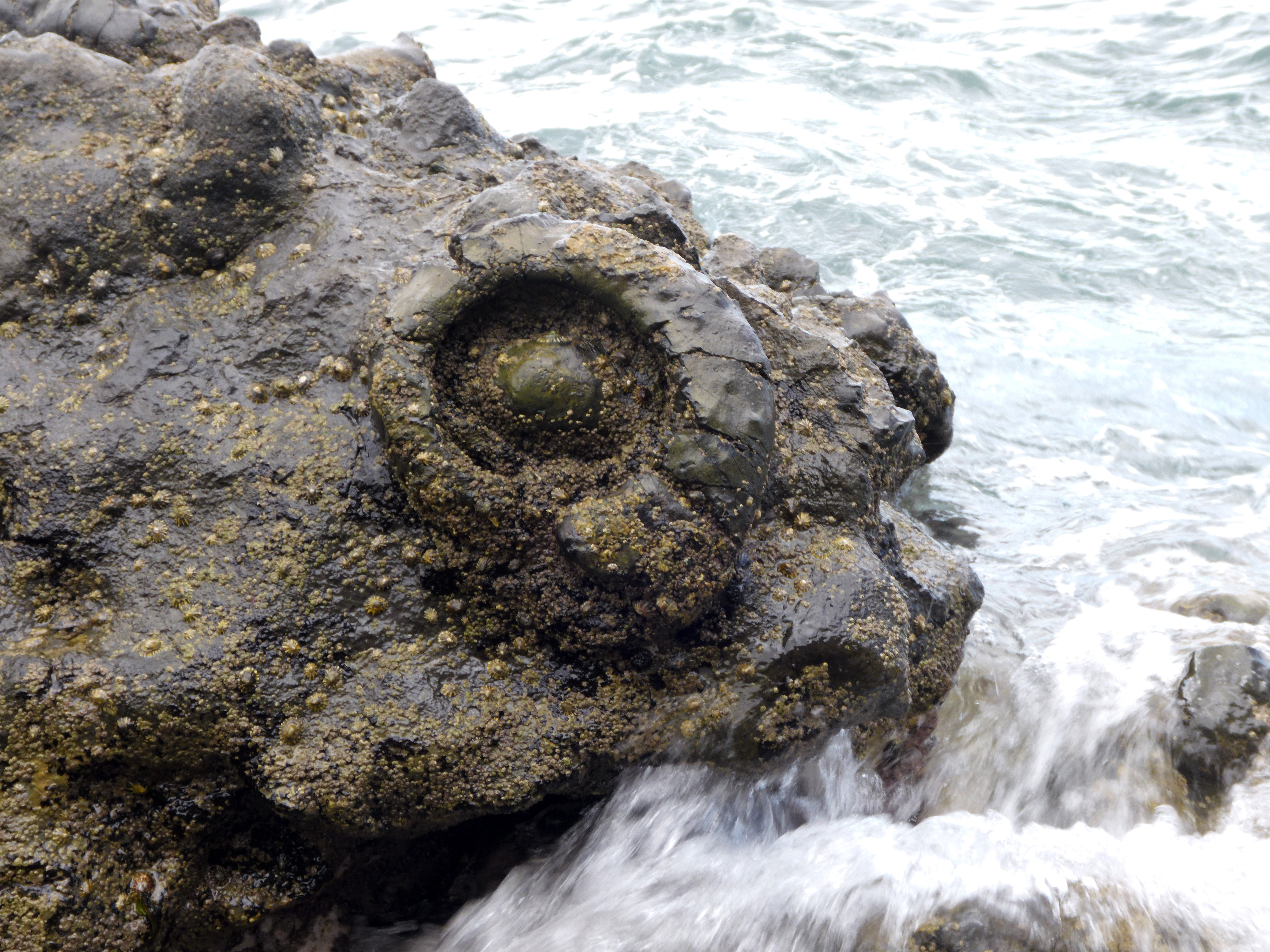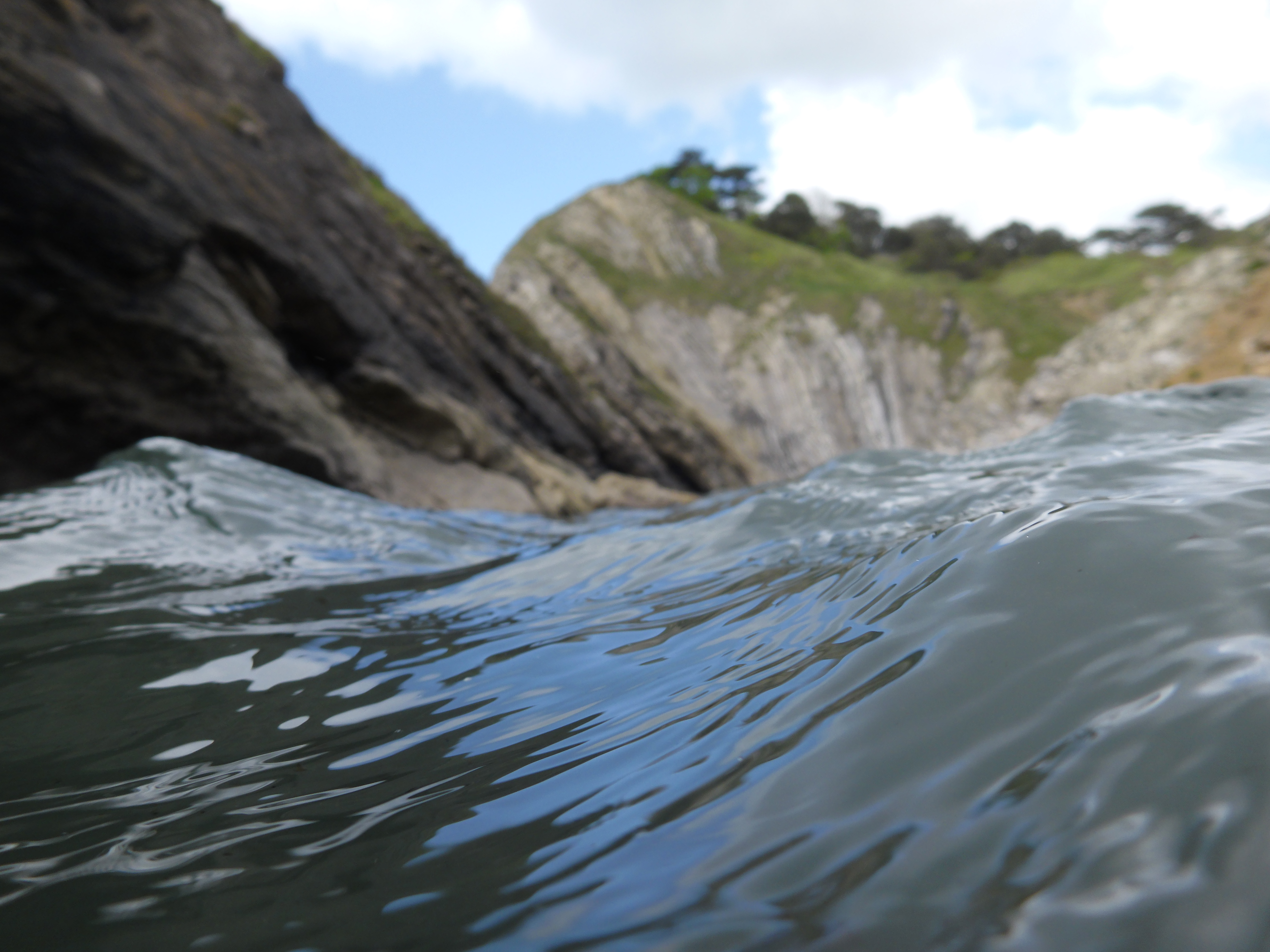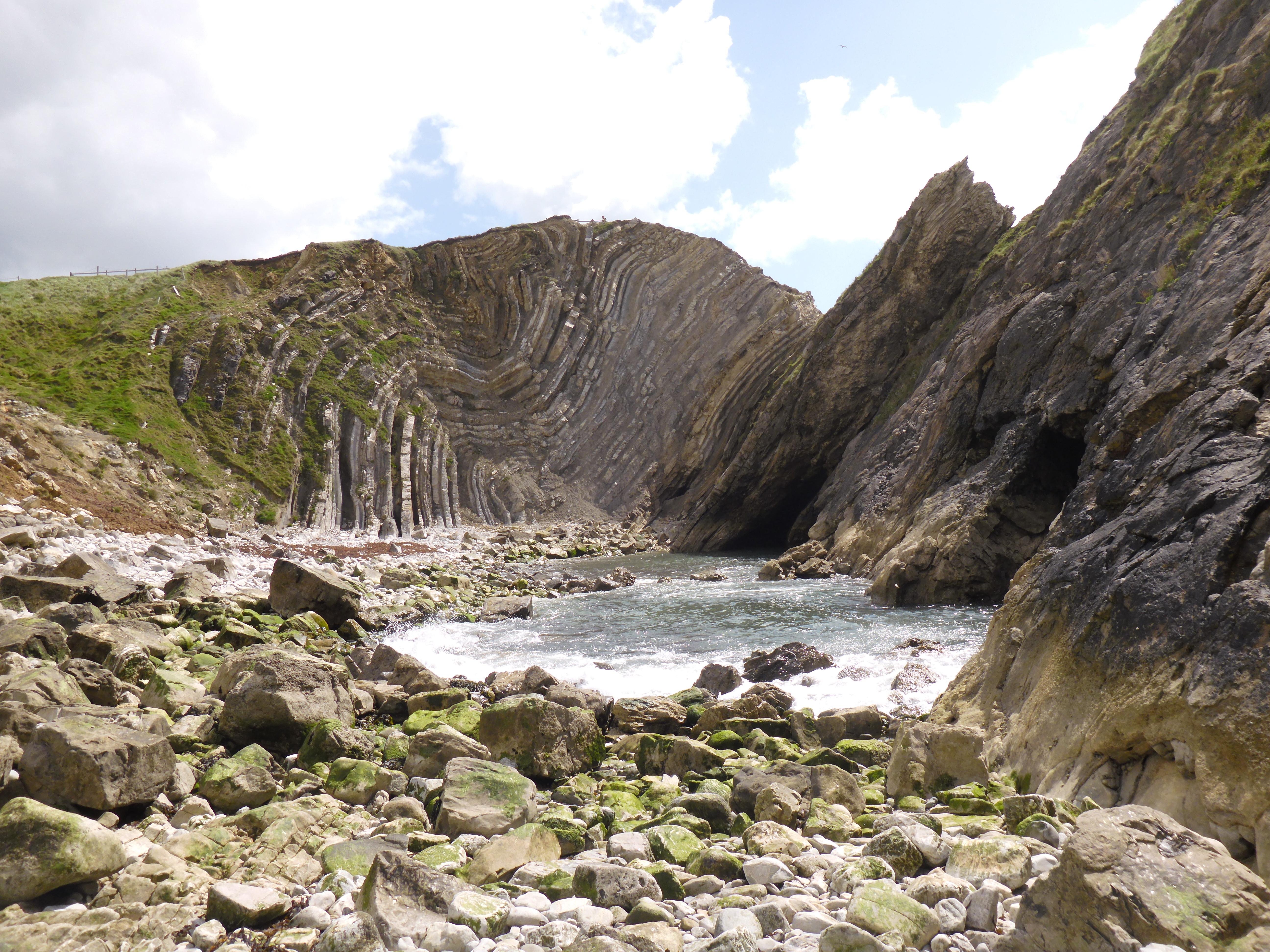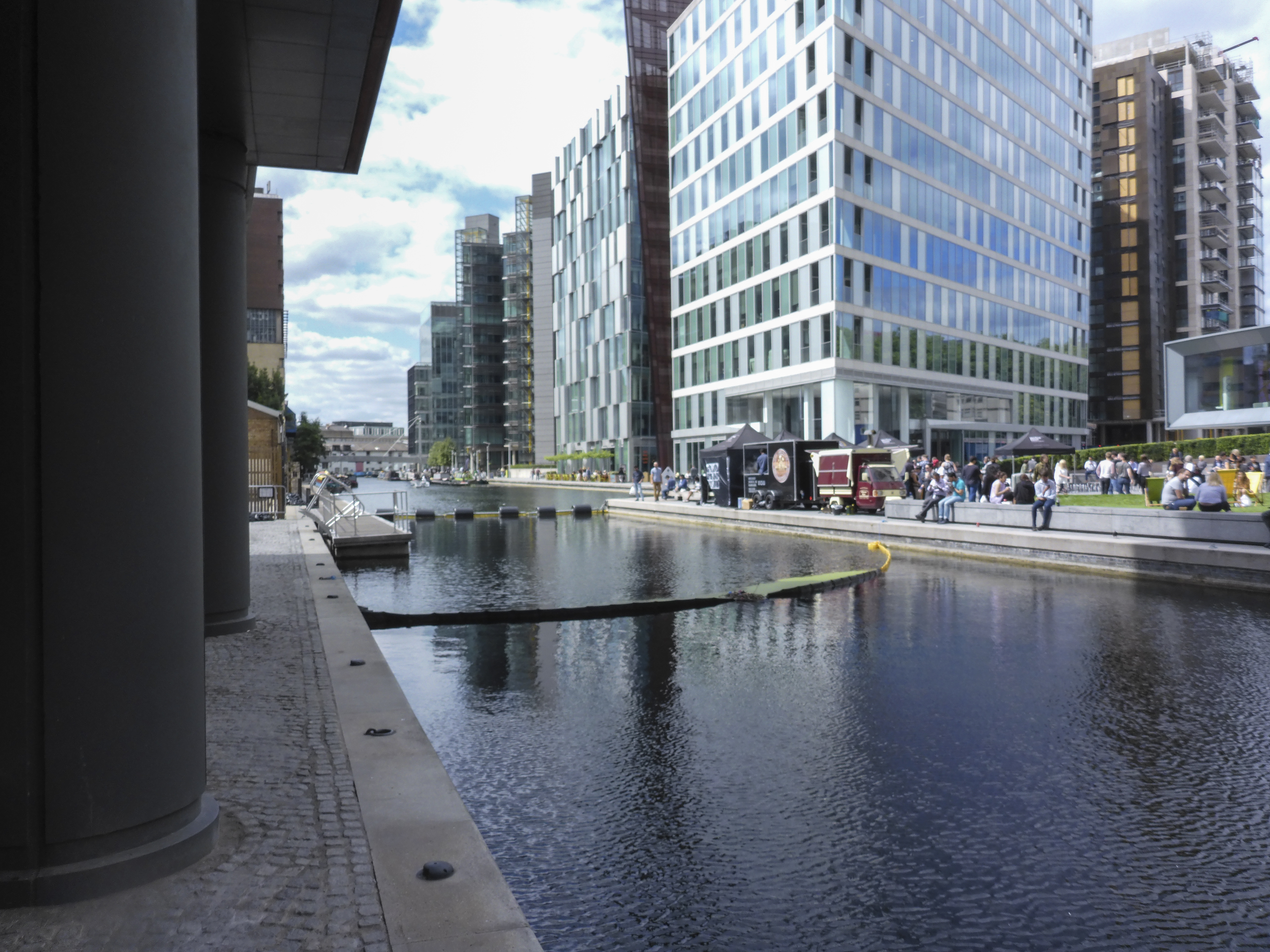TechRadar Verdict
There's lots to like about the Lumix TS7 / FT7, including its excellent tough credentials and a decent built-in electronic viewfinder. Panasonic though has crammed too many pixels onto a relatively small sensor, which sees image quality sacrificed. If image quality is secondary priority to how rugged and easy to use the camera is, then the Lumix TS7 / FT7 is a good choice.
Pros
- +
Built-in electronic viewfinder
- +
Waterproof down to 31m
- +
4K video and 4K Photo
- +
Decent amount of exterior controls
Cons
- -
No raw capture
- -
LED light only works during video recording
- -
Battery life not as good as outgoing model
Why you can trust TechRadar
The Lumix TS7 (known as the Lumix FT7 outside the US) is Panasonic’s new premium waterproof camera. This is the first high-end waterproof camera we’ve seen from Panasonic in over five years, with the outgoing TS5 / FT5 soldiering on against a raft of newer models from rivals, as well as GoPros and other action cameras.
Despite the growing appeal of dedicated action cams, the waterproof camera market is actually growing, and Panasonic is hoping it can re-establish itself with the Lumix TS7 / FT7. It offers a couple of features that we haven’t seen before on a waterproof camera, so could this be the perfect choice for the adrenaline junky, or those simply looking for a tough camera to take to the beach or ski slope?
Features
- Operate at depths down to 31m (102ft)
- Features a built-in electronic viewfinder
- 4.6x optical zoom lens (28-128mm)
Let's start with the Lumix TS7 / FT7’s tough credentials. Its headline feature is that it can operate at depths as deep as 31m (102ft), which, according to Panasonic, is deeper than any other waterproof camera on the market (without a dedicated housing), and deeper than you’d be able to go on most recreational dives.
If you're going to be using it on dry land, the Lumix TS7 / FT7 is also shockproof for drops from a height of up to 2m (6.6ft), and is crush-proof up to 100kgf (kilogram force), while, like most other waterproof compacts, it'll work in temperatures as low as -10°C/14°F.
Sensor: 20.4MP 1/2.3-inch
Lens: 4.6x (28-128mm)
Screen: 3.0-inch screen, 1,040,000 dots
Burst shooting: 10fps
Video: 4K
Connectivity: Wi-Fi
Battery life: 300 shots
Weight: 319g
While Panasonic has squeezed a 1-inch sensor into several of its recent compacts, the Lumix TS7 / FT7 features a 1/2.3-inch sensor that’s typical for a camera of this class. As opposed to Olympus, which reduced the resolution of its latest TG-5 waterproof camera from 16MP to 12MP in an effort to control image noise better at higher sensitivities, Panasonic has gone the other direction, increasing the pixel count from 16.1MP in the TS5 / FT5 to 20.4MP in the Lumix TS7 / FT7.
The lens coverage remains the same as its predecessor, with a 4.6x zoom range that covers 28-128mm. Interestingly, the lens loses its Leica branding.
On the rear of the camera is a 3.0-inch display with a 1,040,000-dot resolution, with tempered glass to withstand the high water pressures the camera could potentially be used in, but there’s no touchscreen control. The Lumix TS7 / FT7 does, though, have something unique for a waterproof camera: a built-in electronic viewfinder (EVF). The 1,170k-dot, 0.2-inch display might not be the largest out there, but it does offer a useful alternative to shooting with the rear display, especially in bright light, which can make composition tricky.
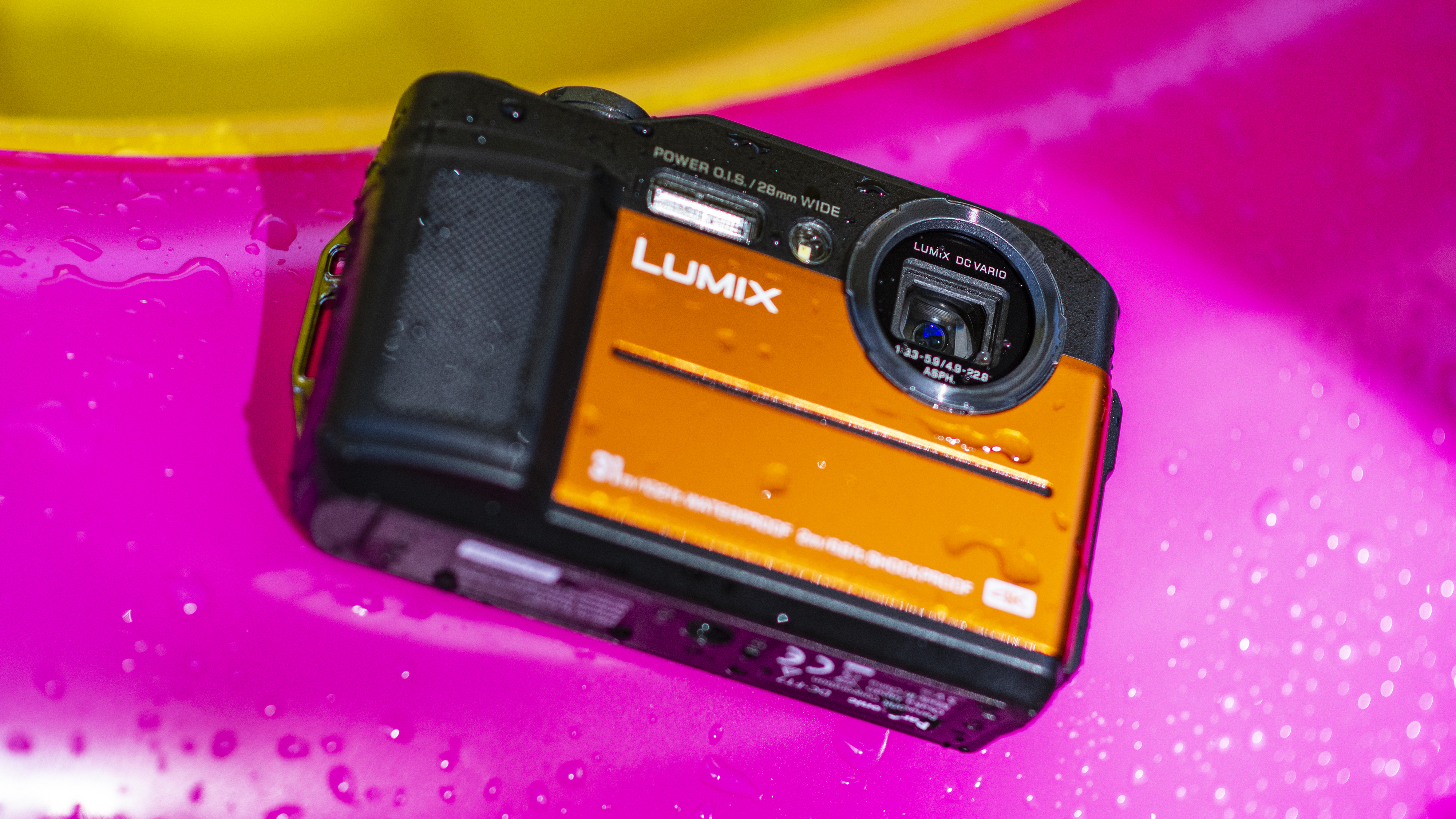
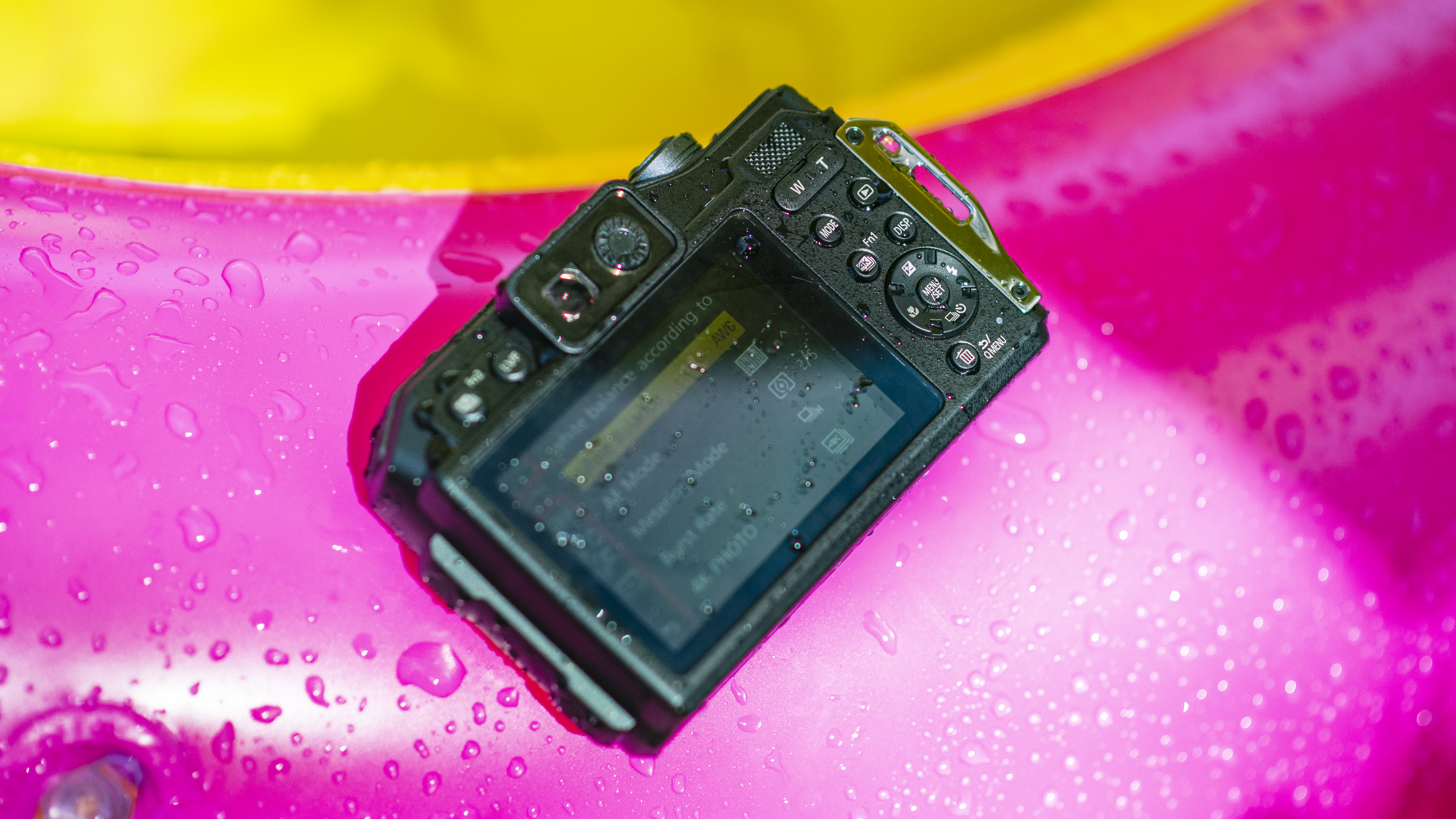
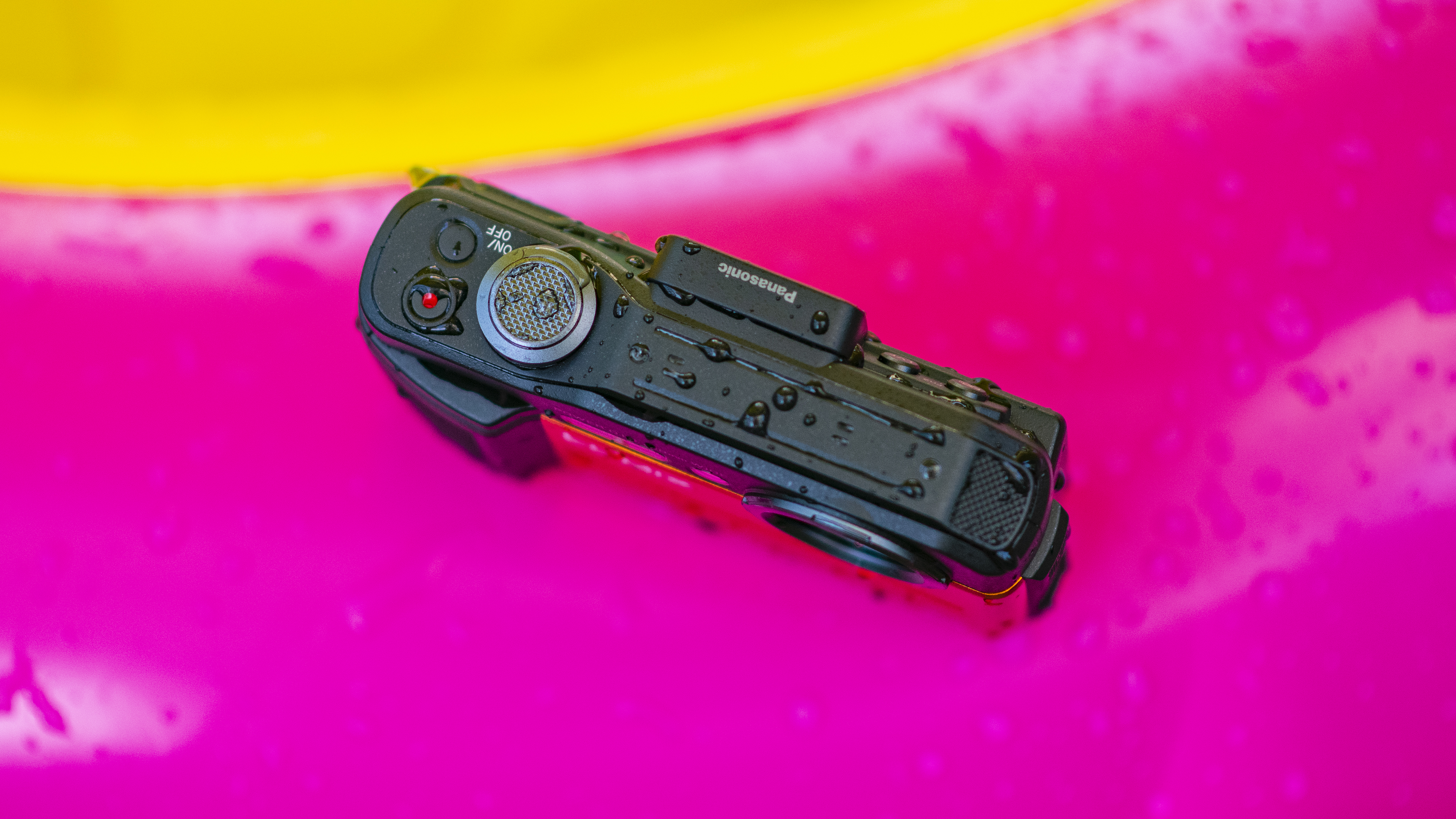
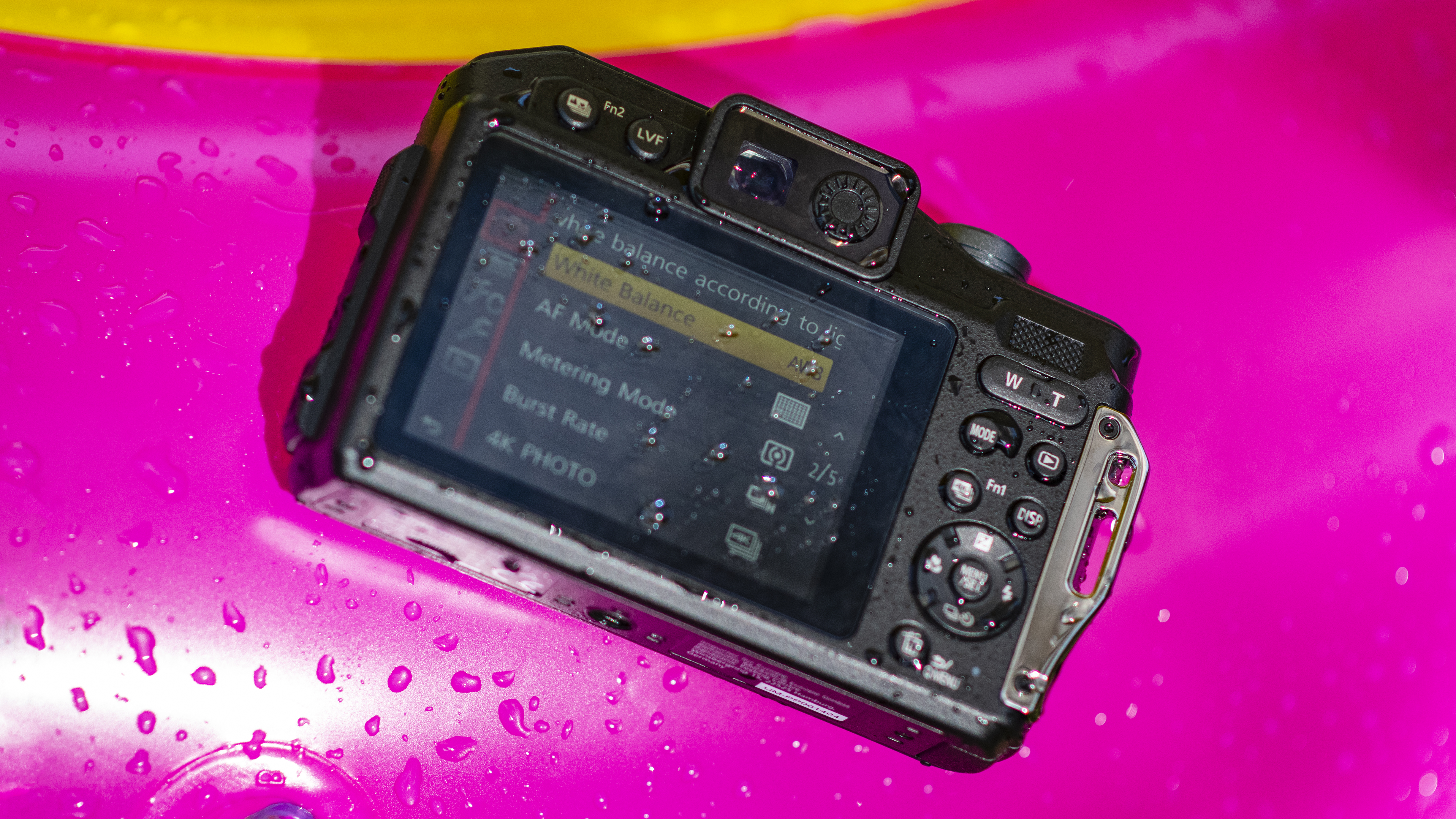
The Lumix TS7 / FT7 also includes Wi-Fi connectivity, an altimeter and a compass, as well as a built-in LED light to aid shooting in low-light conditions. In our hands-on time with the camera it appears, oddly, that this function is only accessible when shooting video footage and not stills. Speaking of video, the TS7 / FT7 is able to shoot 4K video up to 30fps, while there’s also Panasonic’s 4K Photo technology for capturing a series of 8MP still images at 30fps. For those who want to shoot a burst of 20.4MP images, the TS7 / FT7 can shoot at up to 10fps.
Build and handling
- Larger and heavier than the TS5 / FT5
- Controls sensibly arranged
- Easy to use with gloves
The Lumix TS7 / FT7 looks like a TS5 on steroids, with a bit more of an industrial look compared to the outgoing model. At 319g it’s 105g heavier than the older model too, while it’s a little longer, taller and fatter than before. Despite the bulkier proportions it’s still pretty compact, and will slip easily into a baggy pocket, while its size wasn’t an issue when we took it kayaking and coasteering.
It's available in orange, blue and black finishes. The relatively large front panel does mean there’s the potential for it to get marked or scratched if you subject it to some abuse; that said, when it was getting smashed around some pretty sharp rocks on Dorset's Jurassic Coast in the UK it came away unscathed.
The larger size has enabled Panasonic to refine the control layout of the Lumix TS7 / FT7, with the camera’s buttons sensibly arranged. It can be tricky striking the right balance between producing a camera with buttons that can be easily operated underwater or wearing gloves, and making them look like a child’s toy, but we reckon Panasonic’s got the balance about right with the Lumix TS7 / FT7. We managed to operate it without too much hassle wearing neoprene gloves, while the large shutter button that dominates the top of the camera makes it easy to use with or without gloves.
Performance and image quality
- Viewfinder can be really handy
- Battery performance down on older model
- No raw support
In our time with the Lumix TS7 / FT7 we tended to use the camera’s wide area or central area AF mode. These were fine for the most part, but we did find the camera missed focus on occasion – this could be down to the fact that it was a pre-production sample, so we’ll reserve judgement until we get our hands on a final unit.
The built-in viewfinder is really useful to have – the bright conditions we tested it in meant it came into its own when it was too bright to use the rear display, and while it’s not the largest display out there, considering the price of the camera, it’s a big tick against the TS7 / FT7. Annoyingly though there isn't a eye sensor, so when you raise the camera to your eye, you have to remember to hit the LVF button on the side of the camera.
Interestingly, battery performance has taken a bit of a dive compared to the TS5 / FT5, dropping from 370 pictures to 300, while you’ll only get 250 shots if you solely use the electronic viewfinder.
When it comes to image quality, we’re a little stumped as to why Panasonic’s felt it was necessary to use a densely populated 20.4MP resolution on a small 1/2.3-inch sensor. Detail is a little disappointing when you zoom in on images (if you're expecting images to massively surpass a good quality smartphone, they won't), with the JPEG files appearing to sacrifice detail at the expose of noise reduction. This isn't too bad a low ISOs, but very noticeable as you increase the sensitivity, with high ISO images disappointing.
It’s a real shame as well that the Lumix TS7 / FT7 only offers JPEG capture as well, especially when its closest rival, the Olympus Tough TG-5 offers raw capture. The ability to shoot raw files can be really useful in some situations, especially for the flexibility this offers when correcting the white balance of underwater scenes that can easily trick cameras.
Otherwise, colors are nice and vibrant, with a solid Auto White Balance and metering system delivering consistent images.
Verdict
There's lots to like about the Lumix TS7 / FT7. It's got excellent tough credentials, and should be equally at home in the sea, on a ski slope or in the pool, while the electronic viewfinder is a welcome addition.
The achilles heel of the Lumix TS7 / FT7 is the sensor. A 20.4MP resolution is unnecessary; we'd sooner sacrifice those extra pixels for better noise performance, while it's also disappointing to see the absence of raw capture.
If image quality is secondary to how rugged and easy to use the camera is, then the Lumix TS7 / FT7 is a good choice, though it can't quite match the Olympus TG-5 as the best all-round waterproof camera out there today.
Phil Hall is an experienced writer and editor having worked on some of the largest photography magazines in the UK, and now edit the photography channel of TechRadar, the UK's biggest tech website and one of the largest in the world. He has also worked on numerous commercial projects, including working with manufacturers like Nikon and Fujifilm on bespoke printed and online camera guides, as well as writing technique blogs and copy for the John Lewis Technology guide.
